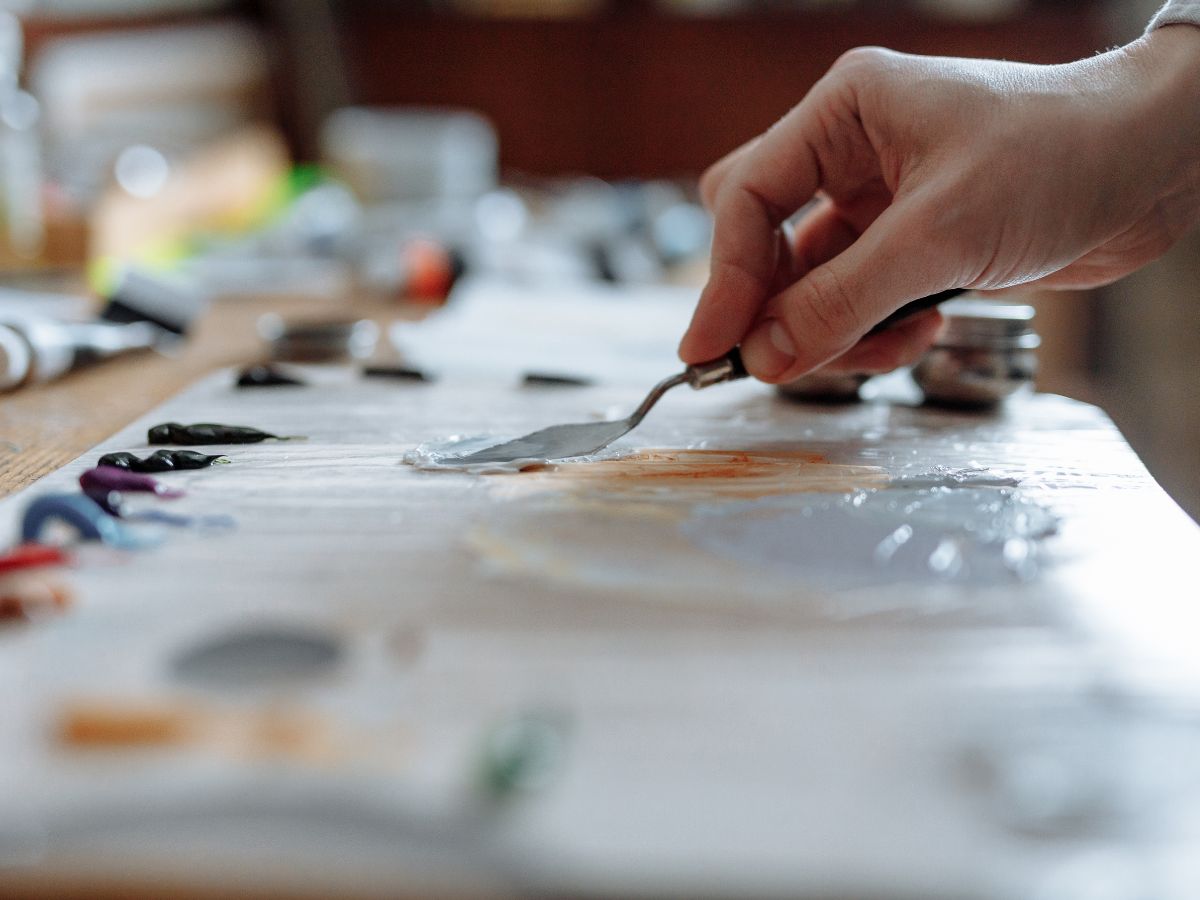
Mixed Media on Canvas: Combining Materials for Unique Artistic Effects
Mixed media on canvas is an exciting and versatile art form that allows artists to combine various materials to create unique textures, effects, and visual interest. This technique opens up a world of creative possibilities, enabling artists to push the boundaries of traditional painting. Here’s a guide on how to explore mixed media on canvas and make the most of this dynamic approach.
Understanding Mixed Media
Mixed media refers to the use of different materials and techniques in a single artwork. By combining various media, artists can achieve effects that are impossible with a single medium. Common materials used in mixed media include acrylics, watercolors, oils, pastels, inks, collage elements, textiles, and found objects.
Preparing Your Canvas
Before you start applying different materials, it’s important to prepare your canvas properly. Prime the canvas with gesso to create a smooth, receptive surface. Depending on the materials you plan to use, you may need additional layers of gesso or other primers to ensure good adhesion and durability.
Save time from priming your canvas. CanvasLot canvases are made from 100% cotton fabric and doubled primed with acid-free acrylic gesso ready to be painted on.
Layering Techniques
One of the key aspects of mixed media is layering. Layering is fundamental to mixed media, allowing for depth and complexity.
Start with a base layer, which could be a wash of acrylic paint or a collage background. Build up layers gradually, allowing each layer to dry before adding the next. Experiment with different textures by using materials like modeling paste, gel mediums, or fabric.
Combining Different Media
Combining different media is at the heart of mixed media art. Experimenting with different combinations of media can yield exciting results. Try blending acrylics with watercolors for a fluid, dynamic background. Add details with oil pastels or colored pencils to enhance texture and depth. Collage elements such as magazine cutouts, fabric scraps, or handmade paper can add interesting focal points and contrasts.
Exploring Texture
Texture plays a significant role in mixed media art. Create texture by applying thick layers of paint or using textured materials like sand, fabric, or paper. You can also incorporate natural elements such as leaves, twigs, or shells to add organic textures. Tools like palette knives, brushes, and sponges can help manipulate the materials to achieve the desired texture.
Adding Final Details
Once your layers are complete, it’s time to add final details that bring your artwork to life. Use fine brushes, pens, or markers to add intricate lines and highlights. Consider using metallic paints or foils for a touch of shimmer. Final details can tie the entire piece together and make specific elements pop.
Sealing and Preserving Your Artwork
To ensure the longevity of your mixed media artwork, it’s important to seal it properly. Use a varnish or fixative suitable for the materials used. This protective layer will prevent damage from dust, moisture, and UV light, preserving the vibrancy and integrity of your work.
Learn our expert tips on how to varnish your paintings here.
Final Thoughts
Mixed media on canvas offers endless possibilities for creative expression. Whether you’re a beginner or an experienced artist, exploring mixed media can open new avenues for artistic growth and innovation. Enjoy the freedom to experiment, and let your creativity guide you to create truly unique artworks.
